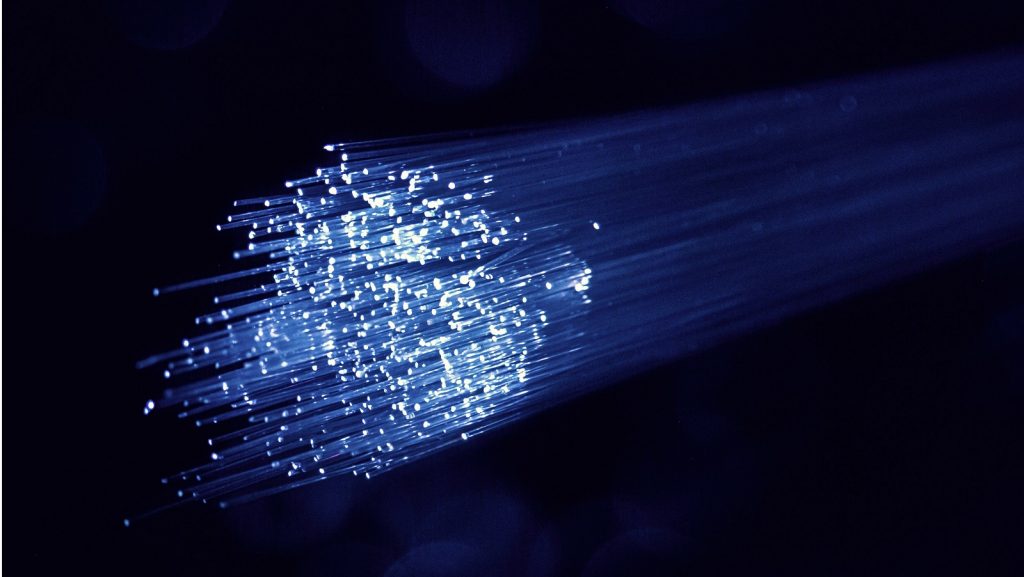MTN South Africa has once again emerged as the country’s top-performing mobile network, securing the highest score in the Q2 2025 MyBroadband Network Quality…
Want to get fibre internet? Here’s what you need to know

With more of us working, learning, and staying entertained at home over the past 18 months, it’s never been clearer that being without a fast, reliable internet connection for even just an hour can be intolerable. One of the best ways to ensure that you and your family stay connected is to invest in a fibre line.
Fibre connectivity is more reliable for so many different reasons. Compared to some other connectivity options, it experiences less interference and is less affected by environmental factors.
As a result, it’s better at maintaining signal strength and consistently keeping you connected to the internet. Because fibre optic cables transmit data via light pulses, fibre is also an excellent choice for greater bandwidth and faster connectivity.
So, what does it take to install fibre and connect your home so you can enjoy these benefits? Let’s dive right in with a quick checklist.
1. Find out if your area has the correct infrastructure in place
Fibre isn’t available everywhere. Fibre network operators (FNOs) are working hard installing infrastructure so that all corners of South Africa can access fibre, but before that happens, you need to check if your neighbourhood has access.
Most internet service providers (ISPs) have fibre coverage maps on their websites to help determine if your area is covered or not.
If your area is not fibre ready, you can always submit a request to a fibre provider to consider your suburb for its next fibre expansion.
2. Search for fibre ISPs in the area
If you do have fibre infrastructure in your area, you will need to decide which ISP you’re going to use to provide you with internet connectivity.
They will be the company billing you for your monthly subscription and will determine some of the features of your connection, such as the speeds you can access, and whether your data is capped, uncapped, shaped, throttled or contended.
Shop around to find the best package to meet your home connectivity needs.
Search for reviews on the different companies to make sure that you choose the right connectivity partner. And remember that the cheapest package can sometimes end up being the most expensive if you choose an ISP that doesn’t value excellent service.
3. Choose the correct fibre package
The average South African household should be able to use a 10Mbps line if it’s purely for streaming shows and connecting smartphones.
If you will be connecting multiple devices and are working or learning from home, we recommend looking into a 20Mbps line to make sure each device can access sufficient bandwidth.
The next thing to consider is whether you need a capped or uncapped line.
With a capped line, you’ll be allocated a certain amount of data you can use every month. With an uncapped line, you can use as much as you like.
But be careful, some providers offer uncapped lines that are then throttled — which means that after a certain amount of data has been transferred, the speed of the line will decrease.
When selecting a package, read the fine print to see what the fair usage policy is as well as if there is throttling applicable on your line.
Good ISPs shouldn’t be locking you into year-long contracts, so make sure the flexibility of a month-to-month is also something that they offer.
4. Make the connection
Once you have selected a fibre provider, ISP, and package, you will now be ready to schedule your installation.
The FNO will link your home to the fibre infrastructure in the area. The cable will need to be brought into your home to form a termination point, which is the device that connects the fibre to your Wi-Fi router.
Try and install this in a central place in your home, or a spot that’s closest to where most of your devices are. Your laptops and smartphones then connect to the Wi-Fi router and enable all your internet activity.
You will need to contact your ISP to finalise the router setup once the line has been activated by your provider.
At the end of the day, with the right package and the right ISP, fibre connectivity is an incredibly effective way of staying connected and reaping the benefits of a connected world.
Isn’t it time that you joined the digital age and upgraded to a fibre package?
This article is written by Matthew Campbell, Head of SME and FTTH at SEACOM.
Feature image: Denny Müller/Unsplash

